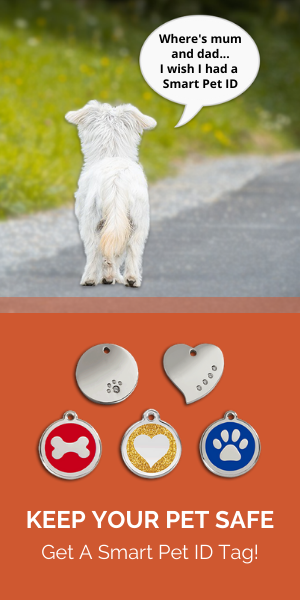Blue Lacy Behaviour Traits
The Blue Lacy is a Medium Purebred pet dog that originates from the Herding group. Blue Lacys are characterised by the following behavioural traits: Alert, Bold, Devoted, Intelligent, Intense. This dog is quite energetic and needs regular exercise and play. Normally speaking, their behaviour is not good with kids and they are not good at adapting to new environments and places. Blue Lacys generally don't interact well with other dogs, however this can be worked with adequate training and socialisation from puppyhood. They are not the easiest dogs to train, and may be difficult for first time dog owners.









